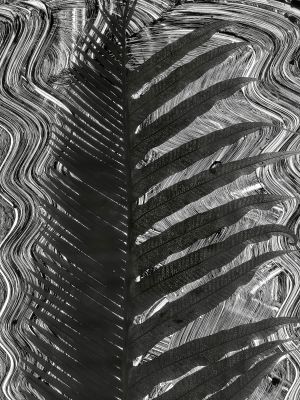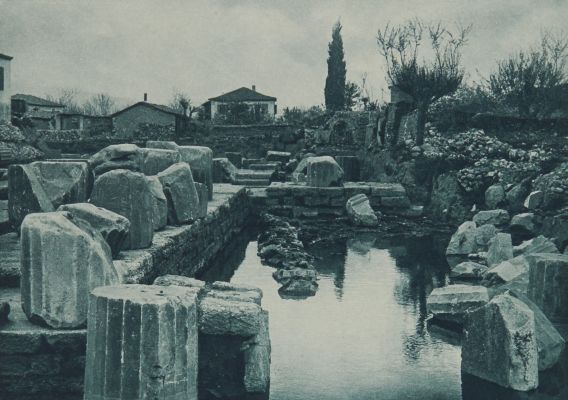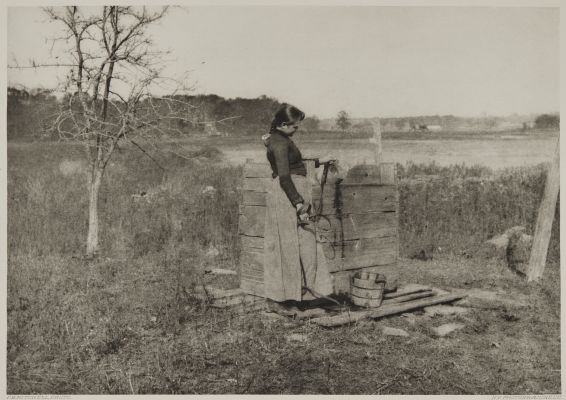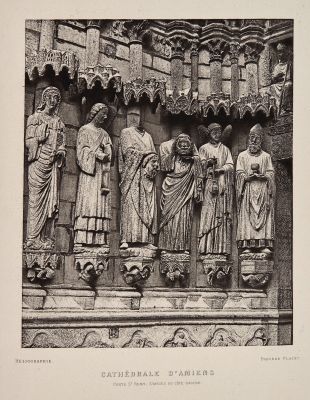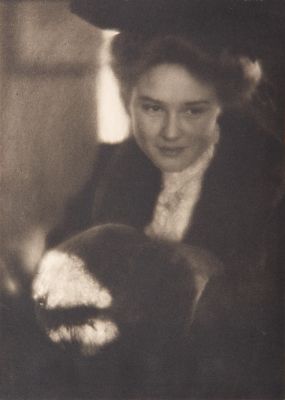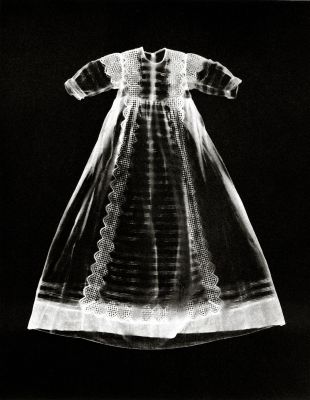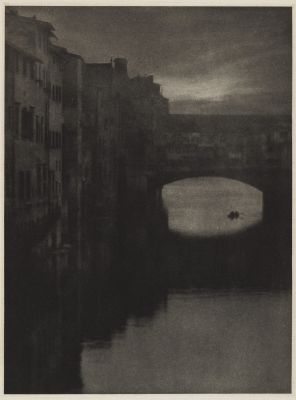
Title
Artist
Strixner, Johann Nepomuk (German, 1782-1855)Date
1811Process
LithographAtelier
StrixnerImage Size
19.5 x 28.5 cm
Lithography’s liberating effect on the graphic arts had a profound effect on forms of visual expression in printing. This development was seized upon by artists and scientists alike who exploited the potential ease with which visual information could be spread by means of the new process at a lower cost than before. The diversity of graphic techniques expanded the possibilities of artistic expression and information transfer. The tactile nature of lithographic chalks and the variety of effects that could be achieved by an artist working directly on stone or plate were welcomed with enthusiasm. To those less skilled in drawing, like Niepce, the process was no less appealing. [1]
Likely from Les Oeuvres Lithographiques, choix de dessins d’après les grands maitres de toutes les Ecoles, tirées du Musée de S.M. le roi de Bavière par Strixner, Piloty et Cie. It was produced under the sponsorship of Aretin and von Mannlich. It was directed and mostly made by Strixner and Piloty, and was published by J Stuntz in Munich in 72 parts each of 6 sheets, with 432 prints in total, between 1810 and 1816.
References
[1] Bryans 140

